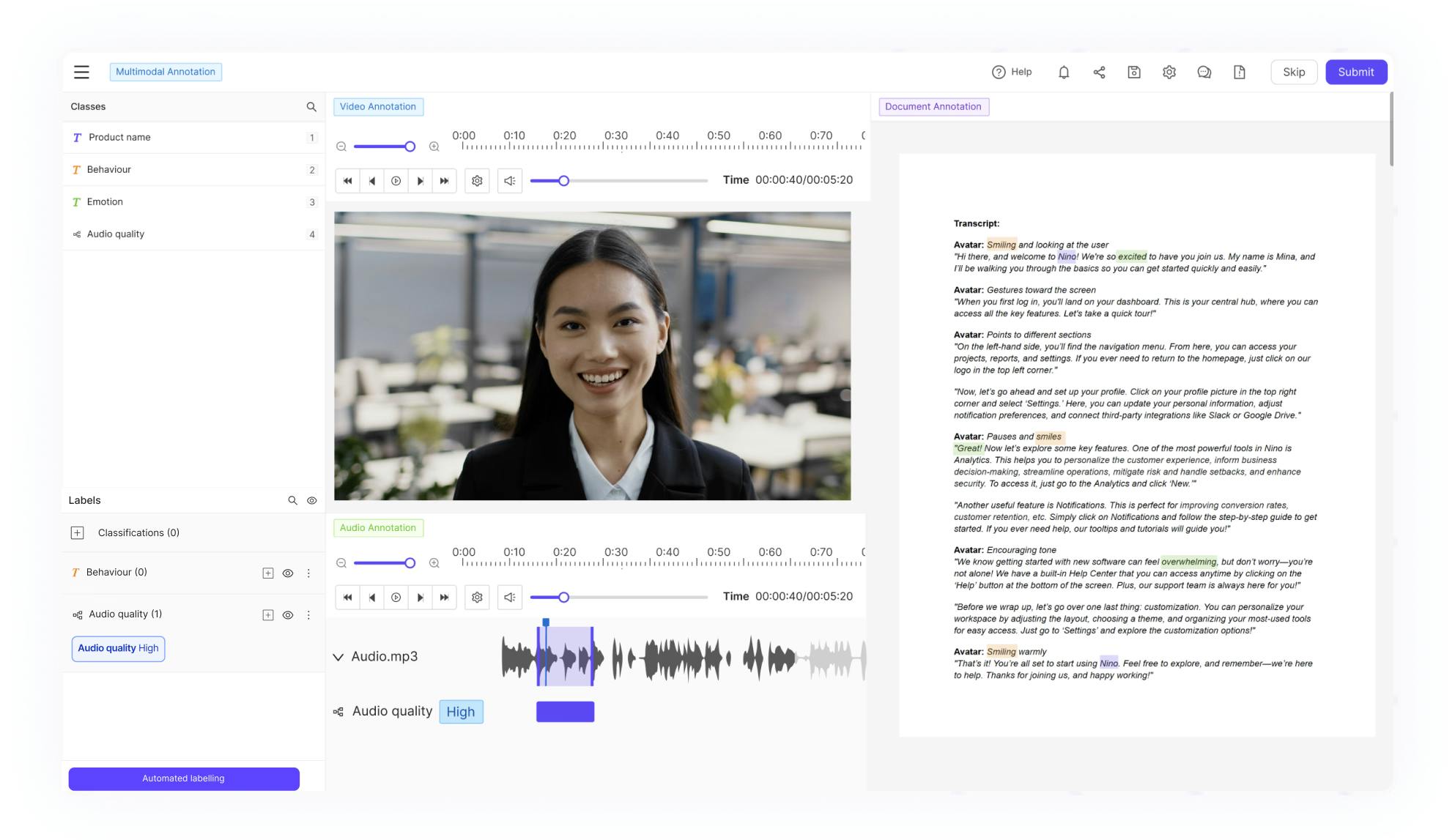CUSTOMER STORIES
Trusted by 200+ of the world's top AI teams
From cutting edge start-ups to enterprise and international research organisations, our tools and infrastructure are accelerating the development of cutting-edge AI applications

20%
increase in model performance
Boosting Last-mile Model Performance

$600K
saved per year
How Standard AI Powers Retail Intelligence At Scale

60%
increase in labeling speed
Improving Efficiency in the Construction Industry with Encord

30%
improvement in annotation accuracy
How Pickle Robot Is Using Encord To Build Physical AI For Warehouse Automation

40+
annotators trained using Encord's QA and annotation review features
Building Multimodal AI Systems for Insurance with Tractable
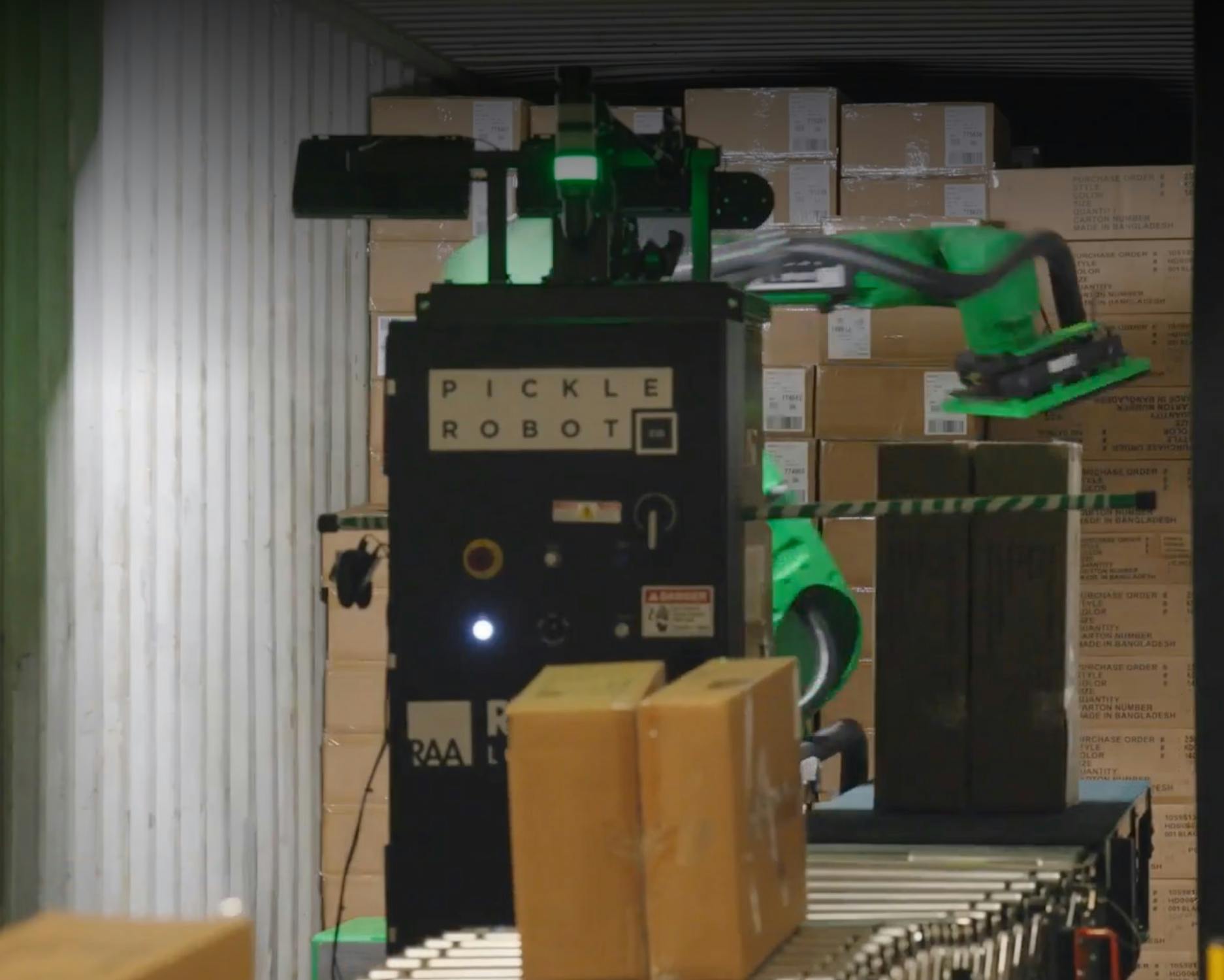

How Pickle Robot Is Using Encord To Build Physical AI For Warehouse Automation
Introducing: Pickle Robot Pickle Robot, a Cambridge, MA-based Physical AI innovator, is revolutionizing the logistics industry with cutting-edge applications of hardware, AI, and data. Focused first on optimizing truck unloading and loading, Pickle Robot streamlines one of the most physically demanding tasks in warehousing. Historically, the process of unloading non-palletized goods from trailers relied heavily on manual labor, resulting in fatigue and inefficiencies and prone to high worker safety risks. To address these challenges, a team of MIT graduates came together to form Pickle Robot. They developed a sophisticated solution that uses advanced AI algorithms trained on highly accurate images and videos to automate the unloading of up to 1,500 packages per hour with its green mobile manipulation robots. The purpose-built solution combines custom AI/ML, highly contextualized data, and off-the-shelf hardware and sensors, significantly reducing the time, effort, and risk in an often overlooked part of the supply chain that warehouses spend over $100 Billion a year to do. Today, they are helping their customers like UPS, Ryobi Tools, and Randa Apparel & Accessories unload millions of pounds of packages monthly. The data challenge To build fast and precise robotic systems, Pickle Robot needed to think about the end-to-end experience while facing hurdles across hardware and AI models. Specifically on the model front, Pickle Robot recognized the need for a robust AI system capable of handling diverse cargo. This led the team to implement a unique combination of sensors and machine learning models to identify different types of packages and manipulate various goods accurately. The integration of these technologies enhanced operational efficiency and minimized errors and downtime. Achieving success required a robust data engine and rich images with precise annotations. Prior to Encord, Pickle Robot used data annotation services from other providers. It relied on an outsourced labeling team to conduct the labeling within the software's limitations and the skills of the outsourced labelers. Challenges included: Poor labels—overlapping polygons, or, more often than not, a significant number of packages were submitted with incomplete labels. Excessive auditing cycles—the legacy approach was error-prone. The lean team of AI and ML engineers spent up to 20+ minutes on auditing tasks per cycle, with high rejection rates. Complex semantic segmentation ontologies were infeasible, which inhibited the robot's ability to accurately understand its operating environment. Platform unreliability limited the efficacy of automated workflows and reduced the time available for model development. Accuracy in training data is critical when your business depends on the accuracy and efficiency of the robotics system's performance. Utilising Encord for consolidated data curation & annotation To address these challenges, Pickle Robot made a strategic decision to partner with Encord. With Encord, Pickle Robot gained a platform that does data curation, annotation, and provides robust analytics and model evaluation functionality, with full integration to Pickle Robot's Google Cloud Platform based data engine infrastructure. The Encord platform enables data management and discoverability capabilities, granular annotation features (bounding boxes, polylines, key points, bitmasks, and polygons), nested ontologies, collaborative workflows, AI-assisted labeling with HITL, and comprehensive data curation functionality required to run efficient data pipelines. "For our AI initiatives, rapid iteration is critical. Encord and our ML infrastructure allow us to prototype learning tasks efficiently. The composability of Encord enables us to merge diverse data sources, facilitating extensive experimentation. With a well-integrated SDK, it's a matter of a few lines of code to achieve seamless integration and functionality." - Matt Pearce, Applied ML, Pickle Robot Benefits: Pickle Robot increased precision by 15% and iterated models 60% faster Since Pickle Robot partnered with Encord, Pickle Robot has seen a drastic improvement in the AI and ML engineers’ productivity, improved precision in task execution, and faster time-to-model improvement. Key benefits: Achieving reliable data pipelines for model training and evaluation 60% faster 30% improvement in annotation accuracy Faster and more comprehensive audit and review cycles Increased observability of real-time data distributions, allowing for rapid domain drift corrections. 15% Improvement in robotic grasping accuracy with better training data
Physical AI
Logistics


Reducing Model False Positive Rate from 6% to 1% with Vida ID
Vida, a full-service verified digital identity platform, serves customers throughout Southeast Asia. While facial recognition is a mature technology, most open-source facial recognition datasets aren’t reflective of the region’s populations. Models trained on these datasets perform poorly, so Vida needs to build and manage new own datasets. Using Encord’s platform, Vida can oversee a large labeling team and annotate tens of thousands of images quickly. Introducing Customer: Vida Vida uses optical character recognition and computer vision technology to provide a full-service verified digital identity platform. Digital verification empowers people to participate in the economy. For instance, financial institutions require identity verification to reduce fraud and ensure that assets arrive in the correct accounts, and ride-hailing services require drivers to verify their identity. Operating mainly in Indonesia, Vida’s services enable banks, fintechs, online trading platforms, ride-hailing companies, and other companies to verify the identity of users online. Indonesia is the biggest archipelago in the world, and traveling long distances can be challenging. With digital verification, customers no longer have to spend time waiting or traveling to get their identities verified. Vida users take a photo of themselves and a photo of their identification document. Vida’s technology then confirms the authenticity of the document, and compares the document to the photo and an authoritative source to verify the user's identity. Throughout Indonesia, a digital signature must be accompanied by identity verification. Being able to sign documents and open bank accounts online is incredibly beneficial, especially for micro-entrepreneurs and SMEs in rural areas. Vida’s platform reduces barriers for these populations when accessing financial products like loans and savings accounts. Problem: Large Datasets, Large Labeling Teams Vida trains its computer vision models to predict the liveness of an image. The models learn to determine whether the image contains a physically present person or whether the image contains a fake representation of a person, such as a pre-taken photo or a 2D mask. Although facial recognition is a mature technology, most of the open-source facial verification datasets contain faces from the Western Hemisphere or East Asia. When models train on these datasets, they don’t perform well on Southeast Asian demographics. Indonesia is also a majority Muslim country, so many women wear a hijab, an attribute rarely encountered by models that train on these open-source datasets. To improve model performance, Vida began collecting and annotating new datasets– ones reflective of Southeast Asian populations. The company needed a platform that could help them label and manage the tens of thousands of new images collected. Vida’s team tried using some open source tools, but none of them allowed for managing a labeling team. Furthermore, facial verification data contains sensitive Personally Identifiable Information (PII), and Vida struggled to find a tool that gave them strong access control and the ability to keep customer data on their own servers. Solution: Flexible Platform, Iterative Process With Encord’s platform, Vida could easily set up a system for managing their 20-person labeling team. They have key managers who oversee the other annotators as well as reviewers. When a new annotator comes on board, Vida uses Encord’s tools to evaluate the new annotations and ensure that all labels are high quality. Vida’s work requires managing a lot of images – about 60,000 in a project. At first, Encord’s interface was showing all 60,000 at once, which created challenges around speed. However, after Vida gave Encord’s team feedback, they quickly changed the UI so that Vida could scale up the amount of images in each project. “I’ve been very impressed with how Encord iterates on the SDK, listens to feedback, and constantly improves the product,” says Jeffrey Siaw, VP of Data Science at Vida. With Encord, Vida can keep the data in their own Amazon S3 buckets, alleviating data privacy concerns about access and storage. Rather than require that data be stored on its own servers, Encord’s platform facilitates the use of a signed URL allowing it to access and retrieve the data from a customer’s preferred storage facility without storing data locally. Results: Increased Labeling Speed, Decreased False Acceptance Rate In the first month of using Encord, Vida’s team labeled 70,000 images at a rate much faster than they expected. When trained on the old datasets, Vida’s previous models had a false acceptance rate– they predicted that an image was of a physically present person when it was not– of six percent. False acceptances can have serious implications for Vida’s customers. For banks, a false verification could result in the opening of a fraudulent account. In ride hailing companies, it can increase the chance of robbery because a driver with a criminal record is onboarded using a false identity. With Encord, Vida improved the quality of their datasets, and the new models had a false acceptance rate of only one percent. “Using Encord’s platform, we were able to train our new models on much better datasets with much higher quality labels, reducing our false acceptance rate to only one percent” says Jeffrey Siaw, VP of Data Science. As Vida continues to grow, the data science team will begin taking a more granular approach in their data management and labeling. They’ll try labeling faces differently and label attributes such as religious headdresses to better track how their models perform across more specific demographic features. Using Encord, they can label these datasets at speed while managing multiple projects with different types of labels and ontologies, all in one platform. Ready to automate and improve the quality of your data labeling? AI-assisted labeling, model training & diagnostics, find & fix dataset errors and biases, all in one collaborative active learning platform, to get to production AI faster. Try Encord for Free Today.


Zeitview Improves Recall by 12% and Doubles Data Throughput Using Encord
Zeitview, a provider of advanced inspection solutions for the energy and infrastructure sectors, significantly improved performance of their rooftop penetration detection model by focusing on high quality data delivery. We spoke with Jonathan Lwowski, Head of AI/ML, and Conor Wallace, Machine Learning Engineer, to understand how leveraging Encord helped improve data quality, tightened their feedback loop, and accelerated the deployment of machine learning models into production. Key results Initial training data for Zeitview's rooftop penetration detection models suffered from quality issues. The first dataset was labeled by 15 external contractors using a third-party tool, resulting in inconsistent annotations and suboptimal model performance. Zeitview improved data quality using the Encord platform: Moved from external contractors to a smaller, specialized 5-person internal labeling team Implemented robust QA workflows for systematic quality control Relabeled problematic data while simultaneously expanding the dataset These changes yielded meaningful results: 3.67% boost in precision 12.33% boost in recall 2x increase in dataset size and throughput Reduced team size by ⅓ The recall improvement is particularly significant for Zeitview's inspection use case, representing a meaningful enhancement in detection reliability. How did Zeitview achieve these results? Encord's platform enabled several workflow improvements: Consolidate labeling and QA operations within a single environment Implemented structured QA/QC workflows that integrated MLEs directly into the feedback loop Leveraged image similarity search to quickly curate high-quality datasets As Jonathan notes, labeling data can be expensive and time-consuming if not done efficiently: Intelligent data curation For complex projects with no reference data – like rooftop penetrations – Zeitview now leverages image similarity search and image quality metrics to curate high-quality datasets. This approach allows the team to rapidly identify edge cases and ensure diverse training datasets. Automated QA Zeitview moved from spreadsheet-based feedback to a three-round QA workflow built within Encord, integrating ML engineers directly into the review process. As label accuracy improves, they are able to gradually reduce human oversight. Active learning Zeitview is preparing to use Encord Active to close the loop between model predictions and data curation. The goal: trigger automated retraining when failed predictions are detected, ensuring continuous model improvement. Summary Zeitview integrated Encord’s platform to centralize their data operations and automate key parts of the annotation and feedback workflow, enabling greater efficiency and consistency across teams. With Encord, Zeitview has established a foundation for trustworthy, production-ready datasets and continuous model improvement - delivering faster iteration cycles, higher label quality, and more accurate inspection models.
Physical AI


OnsiteIQ Achieves 5x Faster Data Throughput and Streamlines Their AI Infrastructure
OnsiteIQ, a construction intelligence platform using computer vision for safety and quality inspections, migrated their data workflows to Encord after overhauling their AI infrastructure. This enabled them to become operational 4x faster and achieve 5x data throughput with their existing team. "Encord integrates seamlessly into our entire AI infrastructure," says Evgeny Nuger, Principal Engineer at OnsiteIQ. "By implementing Encord within our redesigned ML infrastructure, we've established an efficient end-to-end workflow from data sampling through to model training." Platform Migration + Key Results OnsiteIQ faced significant limitations with their previous annotation platform, struggling with poor usability and underperforming automation capabilities that hindered their workflow efficiency. After evaluating several vendors, the team chose Encord for its advanced features and intuitive interface, particularly the SAM 2 integration for automated labeling workflows. The results: 5x improvement in data throughput – with corresponding decrease in labeling costs through advanced automation features 75% reduction in time to value – implementation time decreased from 2 months to just 2 weeks Real-time annotation analytics – simplified team management through Encord's monitoring dashboard Superior Automation and Intuitive User Experience The automation capabilities paired with the UX of Encord's platform were decisive factors in OnsiteIQ's selection: Despite offering sophisticated organization with distinct layers for datasets, projects, ontologies, and files, the team found Encord's platform surprisingly intuitive, effectively balancing complexity with usability. Evgeny notes, "The UX on Encord's platform was way more clear as to how everything comes together." Accelerated Time to Value The implementation timeline also improved dramatically. The team saw a 4x acceleration in their time to value, reducing time to value from 2 months to just 2 weeks: Improved Team Management OnsiteIQ now utilizes Encord's built-in analytics to optimize their operations: The fully integrated system has improved operational efficiency for OnsiteIQ. The company is now actively using the data generated through Encord for deploying models into production.
Physical AI
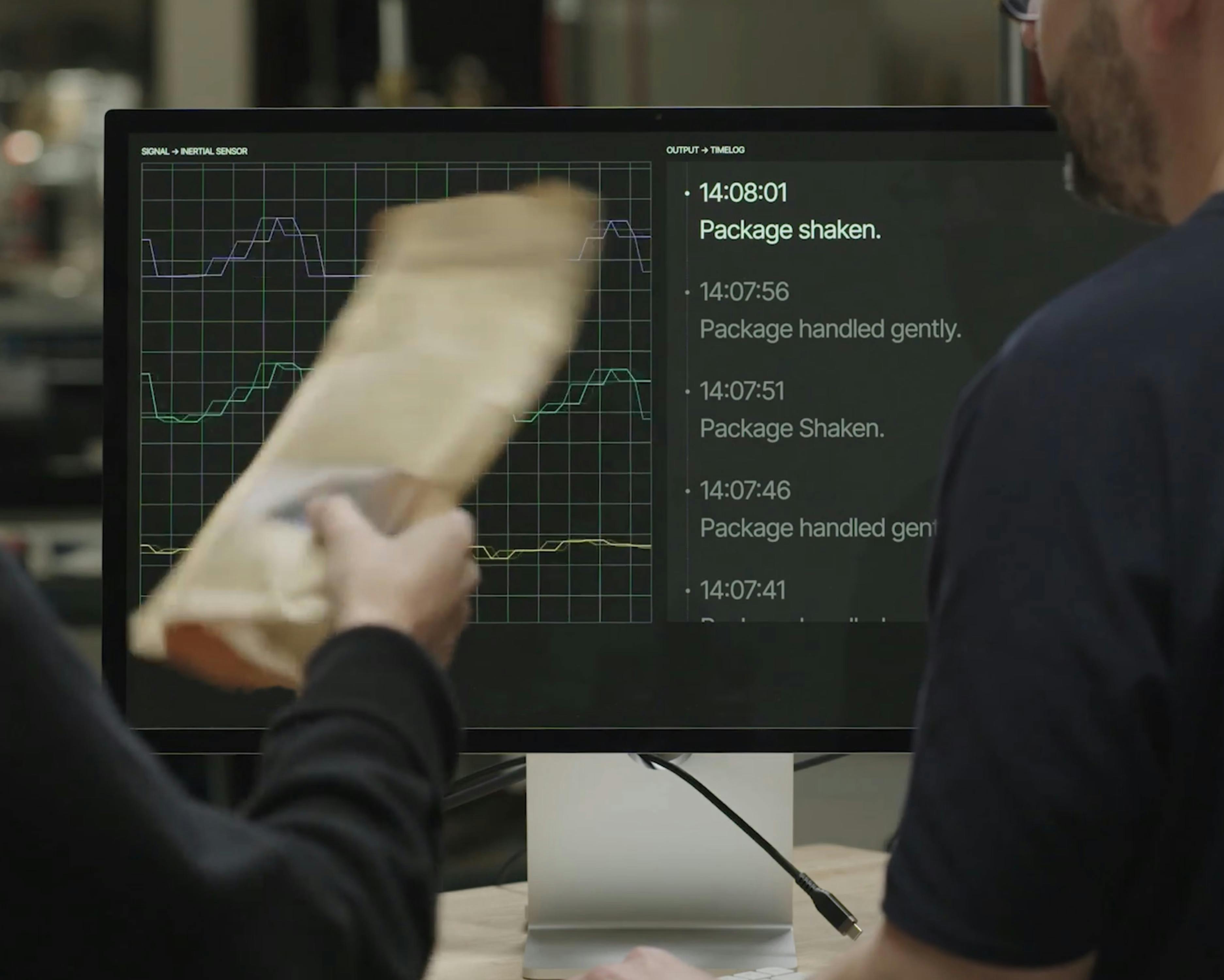

Archetype AI Improve Efficiency by 70% With Encord
Introducing Customer: Archetype AI Archetype AI is building the first developer platform for Physical AI — powered by Newton, a foundation model trained on real-world sensor data. The platform enables enterprises to build and deploy custom AI applications for the physical world through simple APIs and no-code tools. With deep multimodal sensor fusion, Newton delivers rich, accurate insights across industries — from predictive maintenance to human behavior understanding. They're working with global leaders like Mercedes-Benz, NTT Data, and SLB, and backed by Venrock, Amazon, and Bezos Expeditions. Before Encord Prior to adopting Encord, Archetype AI managed data curation and annotation through a combination of internally developed tools and third-party platforms. A key limitation was the lack of native video support within their primary annotation tool. Without the ability to annotate directly on video, annotators were forced to label frame by frame — an inefficient and labor-intensive process that significantly hindered throughput. Object tracking capabilities were similarly constrained, leading to inconsistent performance and difficulty in maintaining continuity across frames. As the scale and complexity of the data increased, maintaining label accuracy was difficult due to limited visibility in the annotation interface, and the overall user experience lacked the flexibility required for managing high-volume video datasets. These inefficiencies created friction throughout the pipeline, delaying project timelines and impacting the quality of data used for model development. Recognizing the need for a more robust and purpose-built solution, the team began evaluating platforms capable of supporting scalable, high-performance video and multimodal annotation workflows. The Encord Solution Since adopting Encord, the team has achieved a 70% increase in overall productivity. Most significantly, annotation speed has doubled, allowing the team to work far more efficiently than with previous tooling. This improvement is driven by Encord’s fast and intuitive annotation tools, powerful features like trackers and bulk operations, and most importantly, the flexibility of Encord's SDK, which enabled the team to build custom ETL pipelines for seamless data ingestion and annotation retrieval. Tasks that previously required manual upload/download steps and browser-heavy interactions are now fully streamlined. Together, these capabilities have drastically streamlined Archetype AI’s end-to-end labeling workflow. Encord’s intuitive interface has streamlined project setup and management. It’s now easier for them to design workflows, assign and review tasks, and maintain full visibility across active projects. Labeling accuracy has also improved, leading to tangible gains in model performance, highlighting the impact of having the right data labeled correctly from the start. The platform made it easy for the team to experiment with new annotation methodologies and iterate quickly, without being constrained by tooling limitations. This flexibility introduced a new level of agility, enabling the team to adapt and innovate faster across their data pipeline. Collectively, these benefits have resulted in substantial time savings, improved model outcomes, and a more scalable and adaptable approach to handling complex multimodal data.
Physical AI


How Surgical Data Science Collective (SDSC) Conducted Video Annotation 10x Faster
Surgical Data Science Collective (SDSC) is a data platform that provides surgeons with access to data and quantitative insights about procedures to expedite the training process and democratize access to safe surgery. Working with Encord, SDSC has increased the speed of annotations by 10x while simultaneously improving precision and accuracy. Introducing Customer: SDSC SDSC is a non-profit organization dedicated to transforming surgery from an art to a science. With five core products, SDSC provides essential metrics on various procedures once videos are uploaded to the platform. For instance, the Kinematics model captures the movement of specific tools during a surgical procedure. As Director of Machine Learning (ML), Margaux Masson-Forsythe is responsible for leading the ML roadmap at SDSC, defining the strategy of generating high-quality training data, managing the data pipeline, and overseeing the ML team. Problem: Vast amount of video data A vast amount of video data requires technical knowledge for annotation and a need to connect their training data platform to a wider pipeline. Before switching to Encord, the SDSC team faced three common problems: quantity of data, poor quality of annotations, and a lack of customizability and integrations. Firstly, they faced a challenge in dealing with the vast amount of video data that required annotation. With each procedure split into 20 clips and each clip lasting approximately 15 minutes, the team had several Terabytes of data to annotate. Their previous tool suffered from a lot of latency issues when rendering videos, which hindered the labelers’ ability to effectively annotate at speed. Secondly, the team discovered that around 20% of the annotations they had previously conducted were incorrect, with most of these coming in the form of inconsistent naming conventions on the same objects. Using Encord Active’s automated label error detection feature, the team could identify these errors that they attributed to: i) the absence of a robust annotation toolkit and ii) the requirement for a high level of technical knowledge and expertise to conduct and review annotations. Lastly, the team had difficulty programmatically interacting with their training data platform and integrating it into their wider model production pipeline. They needed a working and usable Python SDK to create automated training data pipelines. Solution: Training Data Platform allows for video annotations Leveraging Encord’s comprehensive Training Data Platform to conduct video annotations with state-of-the-art tools and unparalleled support. After reviewing several solutions, the SDSC team chose to integrate Encord into their data pipelines. On the onboarding process, Margaux noted “Getting started with Encord and integrating it into our workflow was really fast. The thing that I find the most valuable is the flexibility of how we can integrate the Encord pipeline into our own pipeline, we use the Python SDK a lot”. By natively rendering videos in the Encord platform, SDSC’s team was able to speed up annotation while increasing precision. Margaux praised the platform's support for video annotation, noting “How smooth [Encord Annotate] was and all of the different tools that come with labeling videos” and that “[Encord] definitely was the best platform we’ve seen and we were looking around different platforms”. In order to solve their issues with incorporating expert review into their annotation workflows, the team used Encord Annotate's workflows to automate review by their labeling manager. Margaux explained that with Encord “We have a better reviewing system [...] that is the key component to having better quality datasets that we were missing before”. This allowed the annotators to get up to speed with complex annotations a lot quicker, without requiring experts to conduct annotations themselves. Margaux praised Encord's analytics capabilities, noting that “Now I have this whole system where I get analytics from Encord and we’re going to populate that into a dashboard so we can see how the annotation is going up”. She also appreciated how quick Encord was to incorporate Meta’s Segment Anything Model (SAM) into the platform, stating “One feature that made me go with Encord was the integration of SAM in the [Encord Annotate] platform which was done really quickly after the model was released so I knew when there was a new computer vision model released it will be integrated into the platform quite fast - which is something that was also a really good point”. Results: 10x faster annotation 10x faster annotation whilst moving towards 0% annotation errors (previously 20%) After integrating Encord into their wider data pipelines, SDSC was able to produce high-quality training data with quick annotations. With the help of Encord Active, the team identified that approximately 20% of the annotations completed on the previous tool were incorrect. The team is now “aiming to have 0% bad annotations” with the use of Encord’s platform. Margaux discussed an upcoming project where SDSC would be annotating 100 hours of procedures (20 procedures at 5 hours per procedure) in four months and she expressed confidence in their ability to complete the task with Encord, in conjunction with their wider Active Learning pipeline. According to Margaux,“... we know we can do that now with Encord because of the whole process that we have, which compared to what we had before, it would be maybe one procedure every two months even, much slower”. This represents a 10x increase in efficiency, as SDSC would have previously been able to annotate only around 10 hours (2 procedures) in the same time frame. As SDSC continues to grow and increase model production, they will further scale their use of Encord Annotate in addition to building out more mature Active Learning pipelines using Encord Active, given their initial success with the automated label error detection feature.
Healthcare
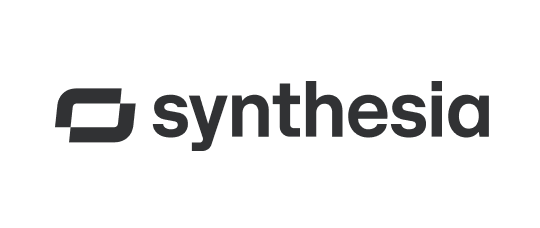
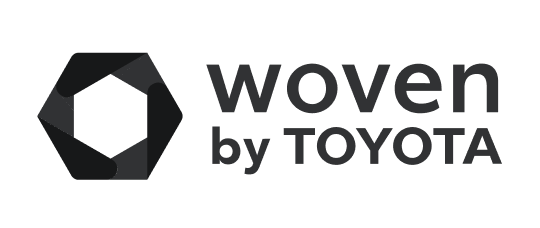
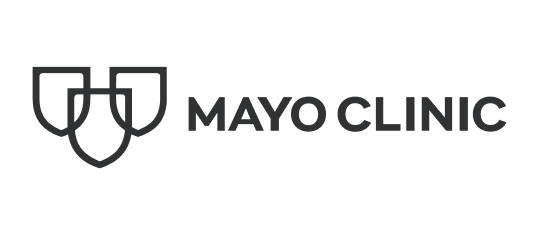
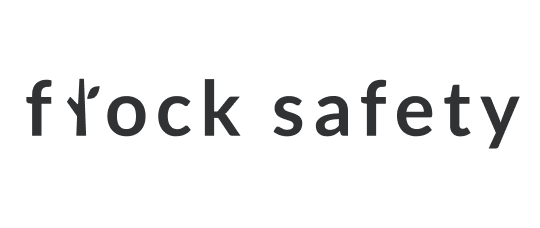
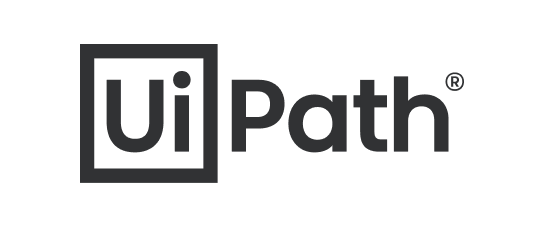
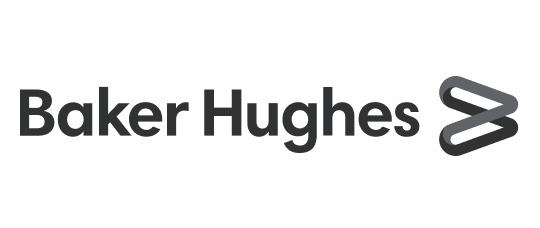

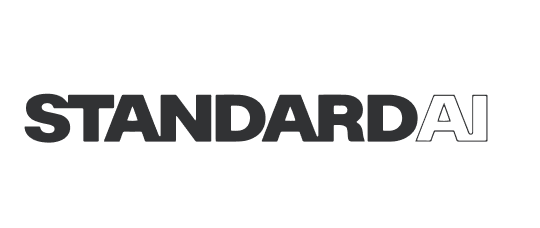
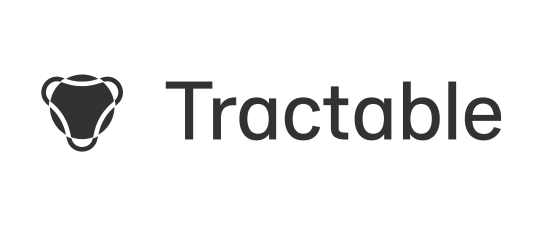
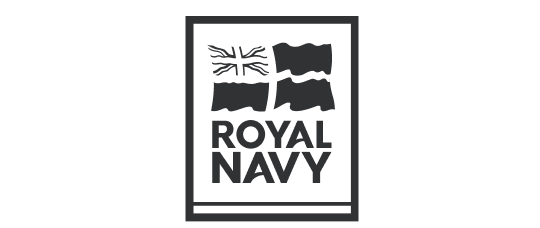
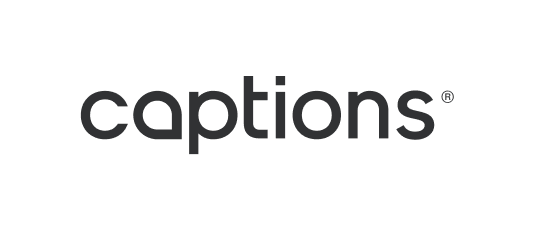
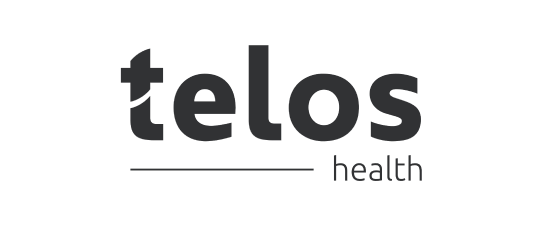
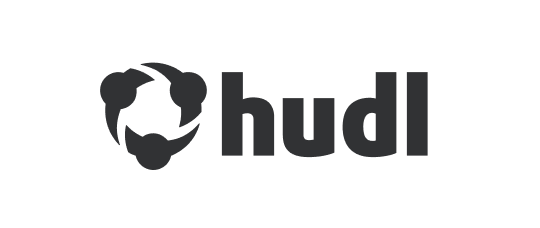
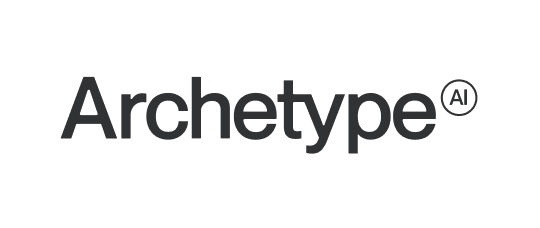
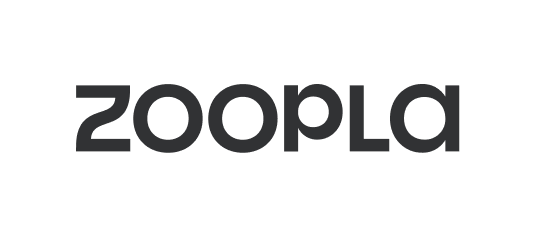
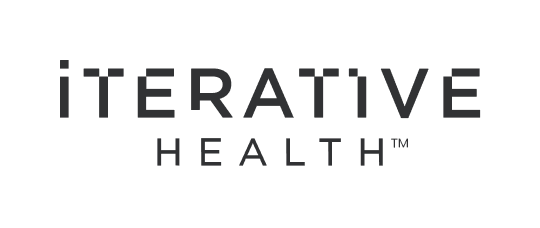
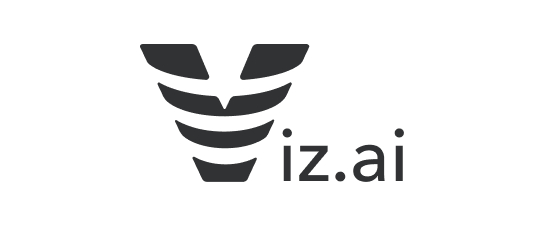
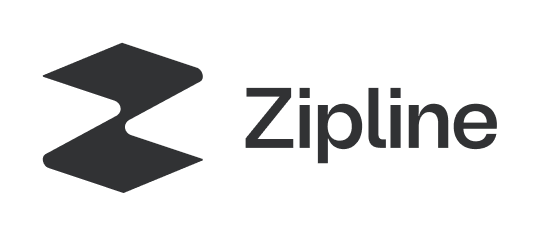

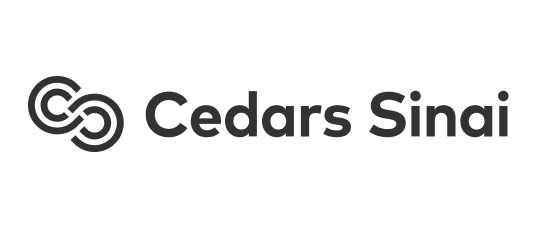
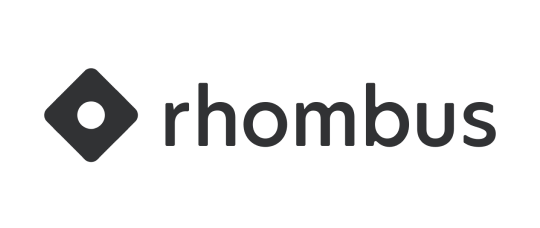
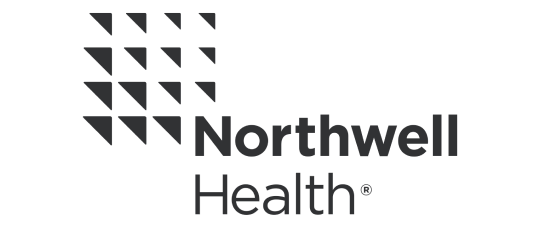

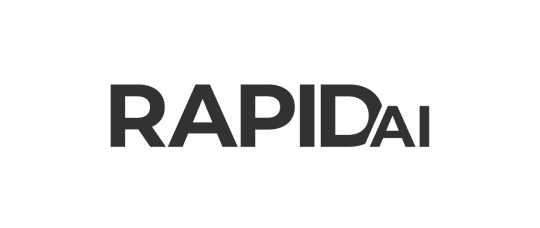
Take control of your ML pipeline with Encord
Forget fragmented workflows, annotation tools, and Notebooks for building AI applications. Encord's Data Development platform accelerates every step of taking your model into production.
